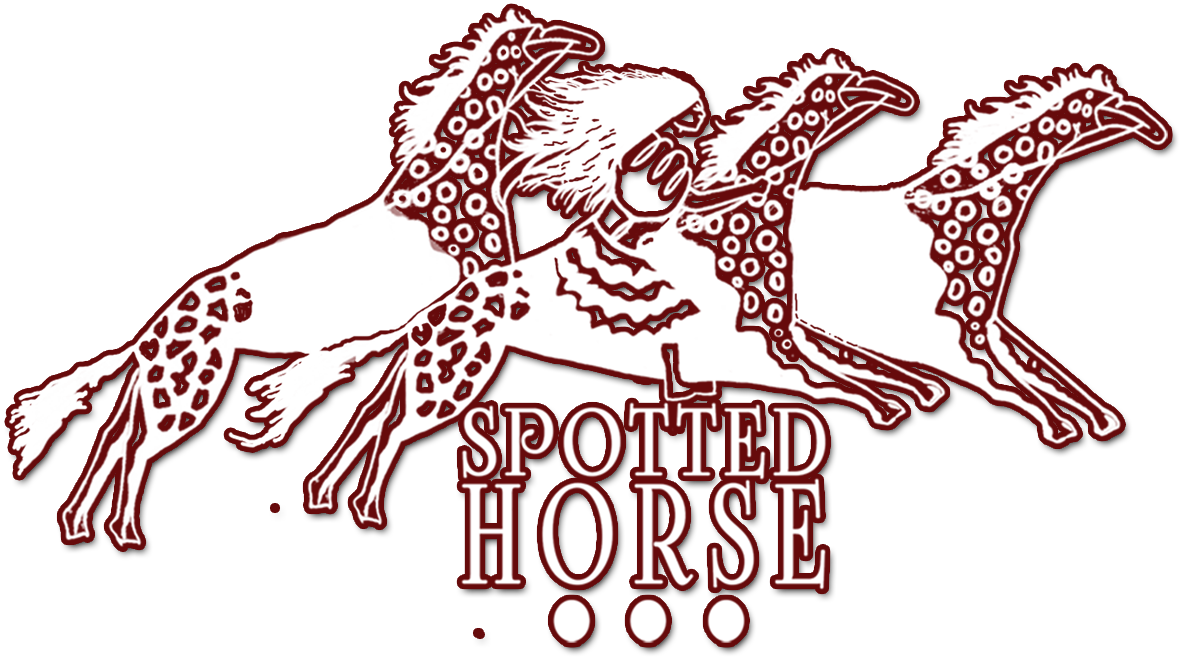Stop the Indian wars, and make new history
by Winona LaDuke
September 28, 2022
Sept. 4 comes and goes with a blur for many. For me there are three dates: Sept. 4, 1863; Sept. 4, 2016, and Sept. 4, 2022. This is really about the Indian Wars, which continue. I think it’s time to end the Indian Wars. It’s also time to understand that forensic facts, are not “critical race theory,” they are what happened. As school begins, let us ensure that history is taught, and that we make good choices today.
In early August, my grandsons asked me if they could go ride horses on the Whitestone Ride. That means five 15-year-old boys want to go ride their horses in South and North Dakota to commemorate a massacre which took place on Sept. 4, 1863. It’s a massacre that was erased from history.
This was after the Dakota had been exiled from Minnesota. Some 4,000 Dakota, who had survived starvation and brutality, and the Dakota 1862 uprising fled to their western homelands. The U.S. military pursued them deep into the Dakotas, where General John Pope pushed ahead, followed by Brigadier General Alfred Sully. At Whitestone Hill, 3200 heavily armed soldiers surrounded a village of 300 tipis.
Wikipedia tells us they opened fire on everyone, “… deliberate targeting and execution of children and infants …The next morning the camp was empty of Indians except for the dead and a few lost children and women … Sully ordered all the Indian property abandoned in the camp to be burned. This included 300 tipis and 400,000 to 500,000 pounds of dried buffalo meat, the winter supplies of the Indians and the product of 1,000 butchered buffalo ….'"
Here’s how language works: One of Sully’s interpreters, Samuel J. Brown, a mixed-blood Sioux, said “it was a perfect massacre” and “lamentable to hear how those women and children was massacred.” The contrary view according to Micheal Clodfelter, that Whitestone Hill was a battle, not a massacre. Sully would continue with another campaign in 1864. Was Sully a War Criminal? That’s a question to ask. My grandson’s rode to honor those who died, joined the Dakota in prayer, and will never forget that massacre. My grandsons, like the Dakota would like to heal the wounds.
This past year, South Dakota Gov. Kristi Noem signed Executive Order 2021-11 directing the Department of Education to refrain from applying for any federal grants tied to critical race theory.
“Critical race theory has no place in South Dakota schools. These ideas are un-American. We are ‘one nation, under God, indivisible,’ yet critical race theory seeks to divide us based on inaccurate revisions to our nation’s history,” Noem explained. “Our students should learn America’s true history. We are the Mount Rushmore State, home to our nation’s greatest monument to our history. And we take the study of American history seriously. Our classrooms are meant for education, not indoctrination, and that is how we will continue to operate in South Dakota.”
That’s erasure that creates ignorance.
Sept. 4, 2016: Cannonball, North Dakota. Some survivors of the Whitestone Massacre fled to the Standing Rock Reservation. There they settled on a river where the stones are rounded by the confluence of two rivers, the Cannonball River, and the Missouri. That’s where LaDonna Allard lived, the Standing Rock tribal historian who first told me of the massacre at Whitestone. LaDonna founded the Sacred Stone Camp. She was a descendant of the survivors. Tragically, she passed away in 2021.
The Dakota Access Pipeline skirted federal regulations, including the protection of sacred sites. The Standing Rock Tribe identified ceremonial sites north of the Cannonball River, in August, asking for their protection. Instead, Energy Transfer Partners bulldozed the identified sites, then sent in the dogs.
“This demolition is devastating,” Standing Rock Sioux chairman David Archambault II said in a statement. “These grounds are the resting places of our ancestors. The ancient cairns and stone prayer rings there cannot be replaced. In one day, our sacred land has been turned into hollow ground.”
Lakota people and Water Protectors went to the site to stop the destruction and were met with dogs, unleashed by private security forces on unarmed people. Filmed by “Democracy Now!,” the confrontation saw six protectors, including one pregnant woman, attacked. The dogs also reportedly bit the guards that brought them in.
Standing Rock Sioux tribe spokesperson Steve Sitting Bear also told the Associated Press that a young child had been bitten, and 30 people were pepper sprayed. That’s fact and history.
On Sept. 4, 2022, 5,000 people came to Duluth, Minnesota, to celebrate at the Water is Life Concert. Indigenous leaders and musicians came together to honor water and Native people who continue to resist, like the Dakota of a century and a half ago, the destruction of our lands. We shared our love for the water, and Indigenous people and Water Protectors talked about Enbridge’s Line 3 and Line 5, as well as a proposed mine in the heart of the Anishinaabe sacred Big Sandy Lake, the site of the death of 400 Ojibwe, starved by the federal government.
It’s time to end the Indian Wars. And that will only happen if we know who we are, where we come from and where we need to go together. History is made by the hands of people. It’s possible to make a new history. Let us be the ancestors our descendants will be thankful for.
RELATED:
LaDuke: With rivers drying up, remember: water is life
Duluth nonprofit brings zero-energy homes to Northland
LaDuke: A solution for dangerous trains

